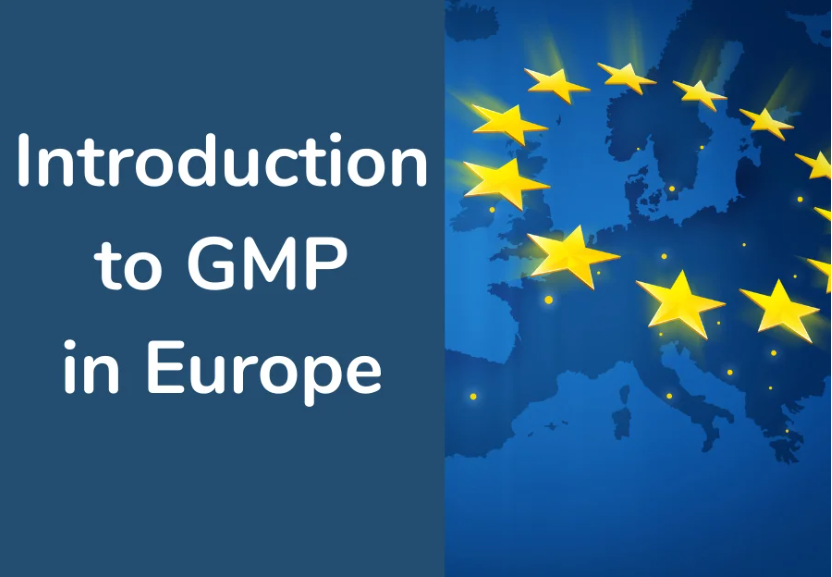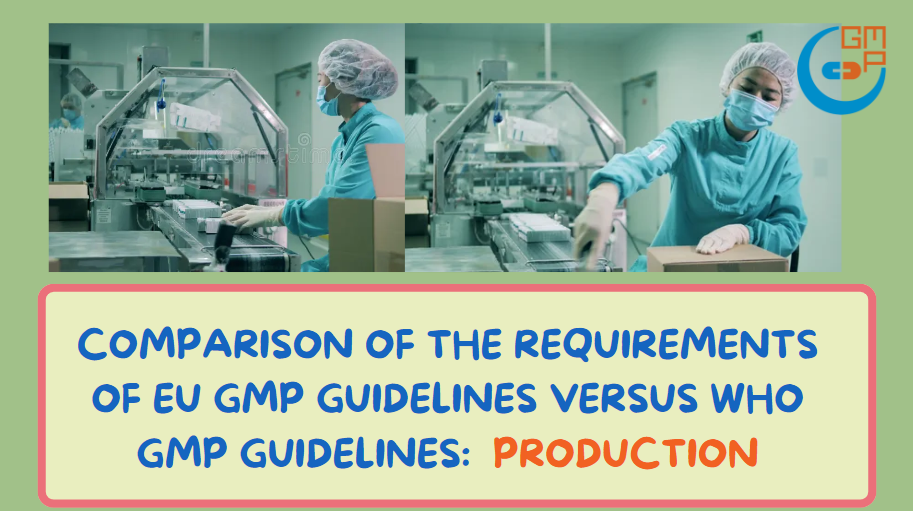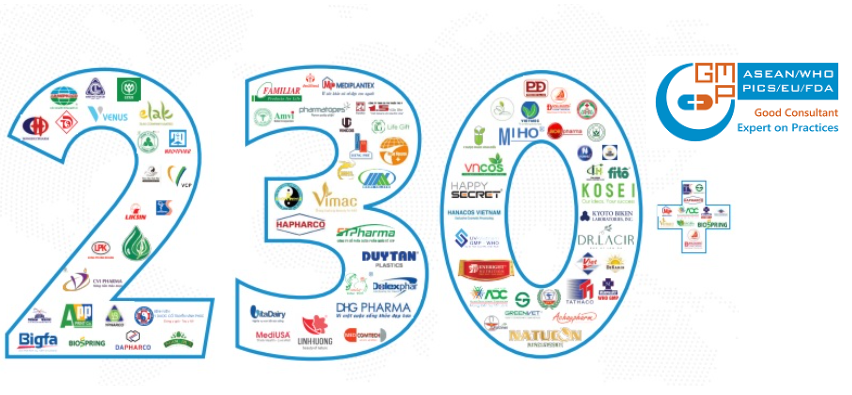
The quality of pharmaceuticals has been a concern of the World Health Organization (WHO) since its inception. The setting of global standards is requested in Article 2 of the WHO Constitution, which cites as one of the Organization’s functions that it should “develop, establish and promote international standards with respect to food, biological, pharmaceutical and similar products.”
The first GMP text published by WHO was developed during 1967-69 upon request by WHO’s Member States and was revised in 1975.
Revised and expanded GMP guidelines were prepared during 1989-90, approved by the WHO Expert
Committee on Specifications for Pharmaceutical Preparations in late 1990 and subsequently published by WHO. At that time, Part One of these revised and expanded guidelines set out the philosophy and essential elements of GMP; Part Two dealt with good practices in production and quality control. These two parts together represented the “core” of the GMP guidelines published by WHO.
The EU and WHO guidelines are based on the same principles but differ in detail.

Production
The production of medicinal products on a continuously high quality level require the existence of a detailed process description based on the respective manufacturing and the relevant Marketing Authorisation.
The requirements and the recommendations in chapter 5 of the EU guideline correspond in general with the executions of chapters 16 and 14 of WHO TRS 961, Annex 31 and deal among others with the scopes:
• Prevention of cross-contamination in production,
• Validation,
• Starting materials,
• Processing operations: intermediate and bulk products,
• Packaging materials,
• Packaging operations,
• Finished products,
• Rejected, recorded and returned materials.
The topic “Validation” is treated very superficially in the basic EU documentation (points 5.21 – 5.24). The requirements of both guidelines do not distinguish significantly each other.
Detailed information can be found in the additional guidelines (EU guideline, Annex 15: “Qualification and Validation”).
The WHO also treats this topic within a separate document (WHO TRS 937, Annex 4: “Validation”).
Furthermore, additional recommendations referring to e.g. “Time limit for storage of equipment after cleaning” can be found in the WHO guidelines point 16.17/16.18 and 16.23 of TRS 961, Annex 3.

GMPc Vietnam is recognized throughout Vietnam as the leader in providing turnkey consulting solutions for GMP-certified facility projects, including Pharmaceuticals, Cosmetics, Health supplements and Veterinary pharmaceutical. Though 12 years of development 2011 to 2023, GMPc has implemented more than 230 GMP-certified facility projects, equaling to more than 80% of market share of the field in Vietnam. Not only do domestic customers, foreign investors also choose GMPc as their consultant when investing new factories in Vietnam, such as Kyoto Biken Vaccine Factory, Nippon Chemiphar Pharmaceutical Factory, Shimizu Contractor, Kajima Contractor, etc.
Consulting services for EU GMP
Consulting services by GMPc Vietnam
GMP project consulted by GMPc Vietnam


